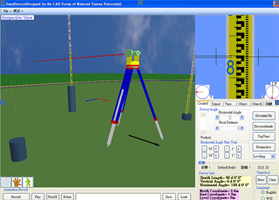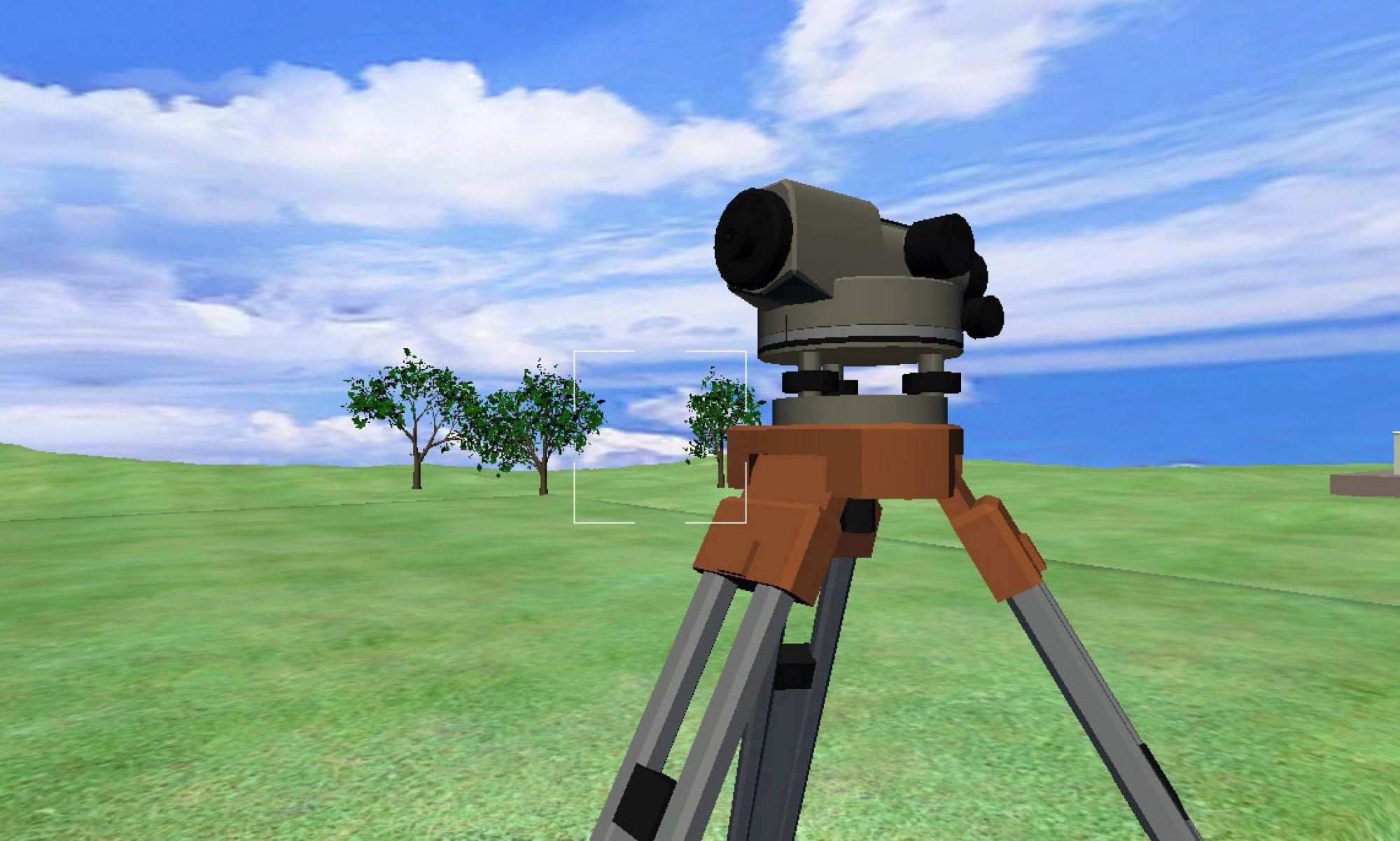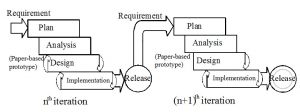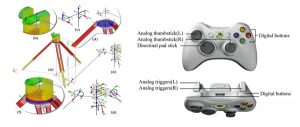
Surveying technologies have become indispensable in modern life. They play important roles in the engineering of buildings, highways, railroads, bridges, tunnels, dams, and even urban development. Currently, many vocational schools and universities in the field of civil engineering and architecture offer surveying courses to train novice surveyors. A typical surveying course includes both indoor instruction, which covers surveying-related theories, and outdoor fieldwork, which provides students with opportunities to familiarize themselves with the proper use of surveying instruments . The major drawback of this method of education stems from the constraints imposed due to the availability of physical instruments. Since most schools cannot afford to provide one instrument for each student, students need to share the instrument and take turns practicing. This can reduce students’ learning performance and motivation. Rain or foggy weather may also impede outdoor learning activities.
To overcome these drawbacks, several computer-based teaching aids have been developed specifically for improving the instruction of surveying courses. In order to solve the above problems, many instructors have introduced electronic teaching aids into their classes. For example, using of video for survey procedures demonstration, surveying environment simulation by using virtual reality technologies, and the creation of a virtual reality learning system for surveying practice on digital terrain models using a virtual total station. These teaching aids can assist instructors in explaining the concepts regarding the spatial relationship between the survey instrument and the targets.
Based on the successful experiences of the aforementioned instructors, Lu et al. developed SimuSurvey, a computer-based survey training tool which makes it possible to accurately simulate instrument manipulation. The user interface of SimuSurvey. Kuo et al. conducted a feasibility study on the application of SimuSurvey in survey training and evaluated the effectiveness of SimuSurvey.
The concept of SimuSurvey has already been demonstrated to be successful in a user test of 323 students. User feedback in our previous research indicated that user interface design and deployment were still two of the major drawbacks of the original SimuSurvey.
The rapid development of computer graphics technology has enabled software developers to create more versatile visual applications. The latest graphics technologies often first appear on game consoles for entertainment purposes. Since game consoles offer good visual effects and user interfaces, they can also become suitable platforms for engineering simulations.
XNA is a set of game development tools with a managed runtime environment provided by Microsoft Corporation. The framework and application program interfaces (API) of XNA are helpful in shortening development times, and games developed using XNA can easily work on computers and Xbox game consoles. The Xbox 360 is a game console produced by Microsoft with high-definition video and a high graphics processing speed. In general, it provides better 3D visual effects and an easier user interface than a general purpose personal computer. The benefits that an XNA gaming platform can provide for virtual surveying instruments are: (1) as modern game consoles often have fantastic visual effects and provide 360 degrees of navigation, those capabilities provide the users with a better awareness of the spatial environment; (2) an improved user interface for operating virtual surveying instruments; and (3) game consoles have a unified hardware standard for easier deployment, teaching and promotion. Frequently, graphics-oriented applications have quite different appearances on PCs with different hardware, since the rendering powers differ from one to another. However, the game console delivers a consistent experience. As well, the XNA online marketplace can be the sales channel of SimuSurvey X in the future. Existing gamers’ forums and online communities can also help to quickly start development projects.



